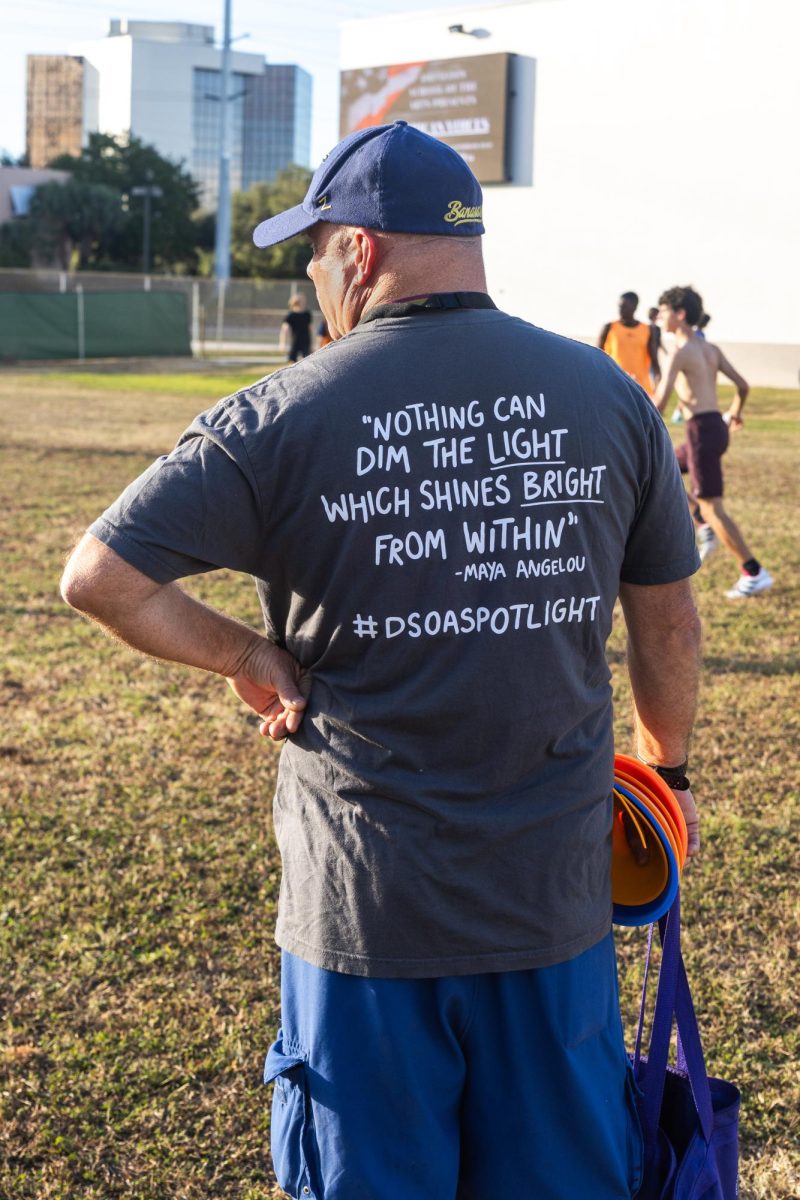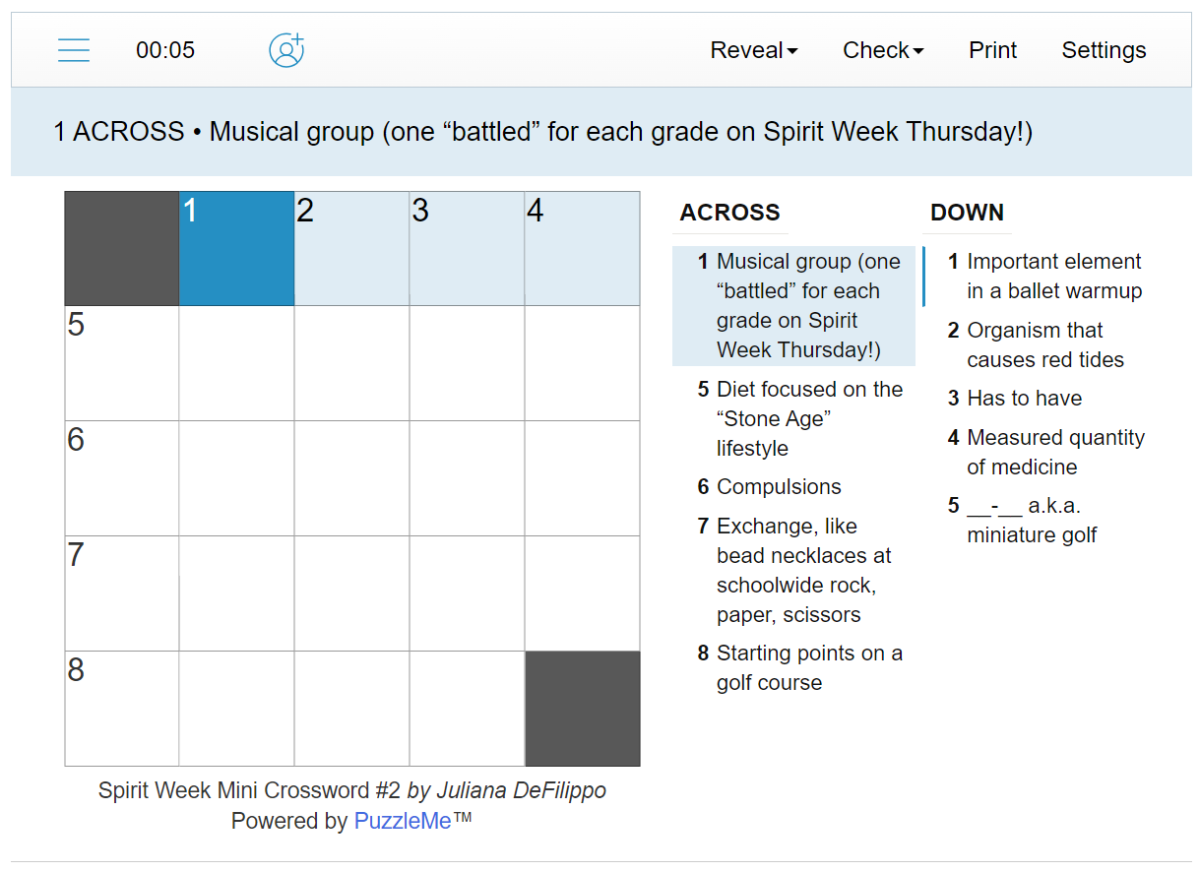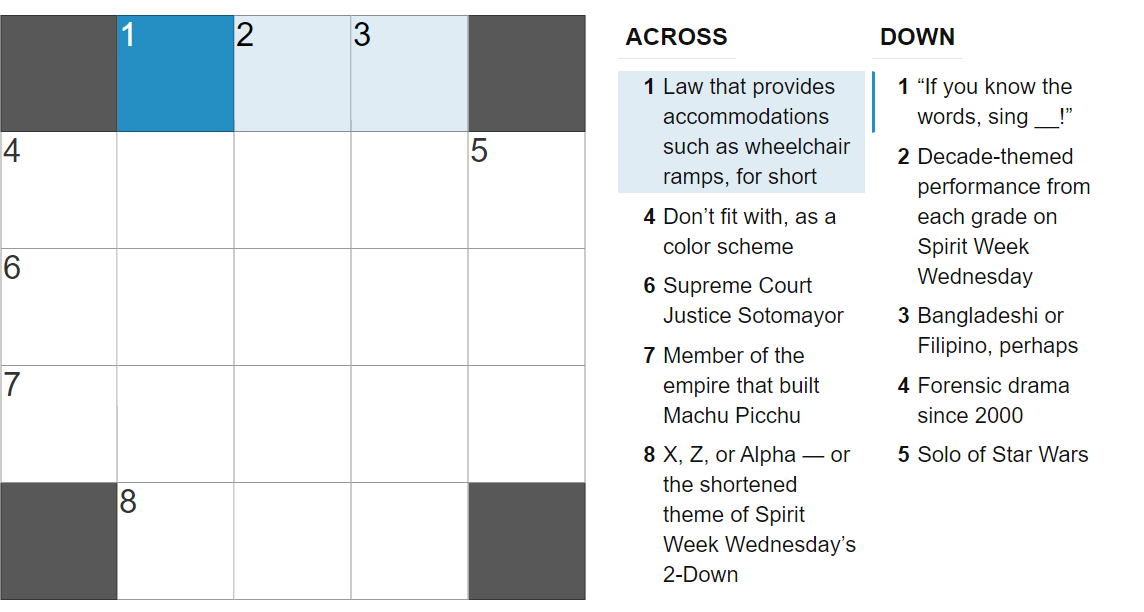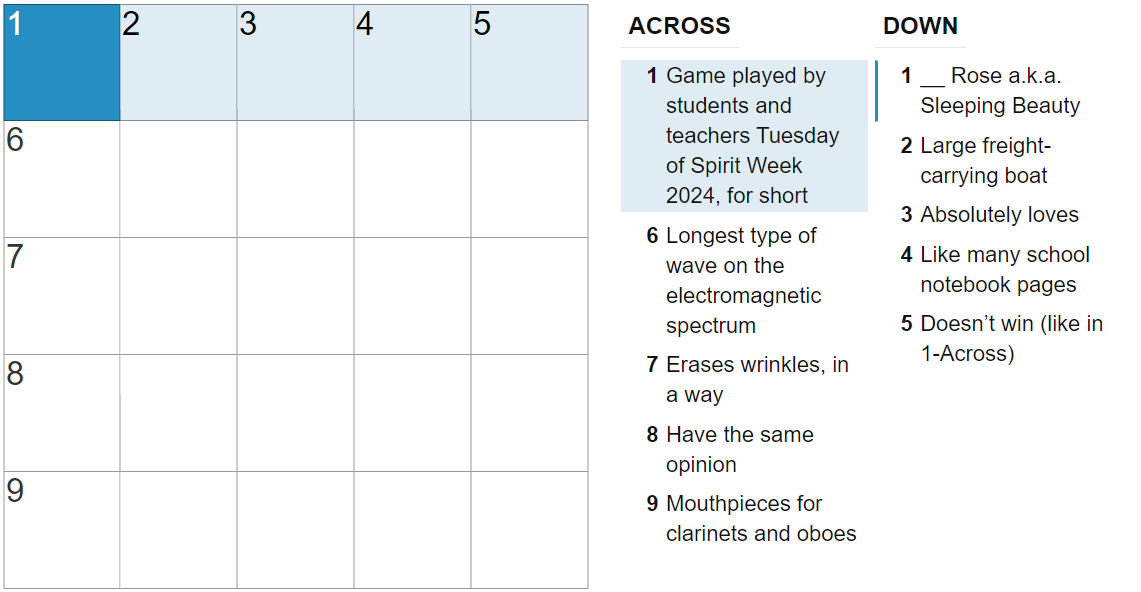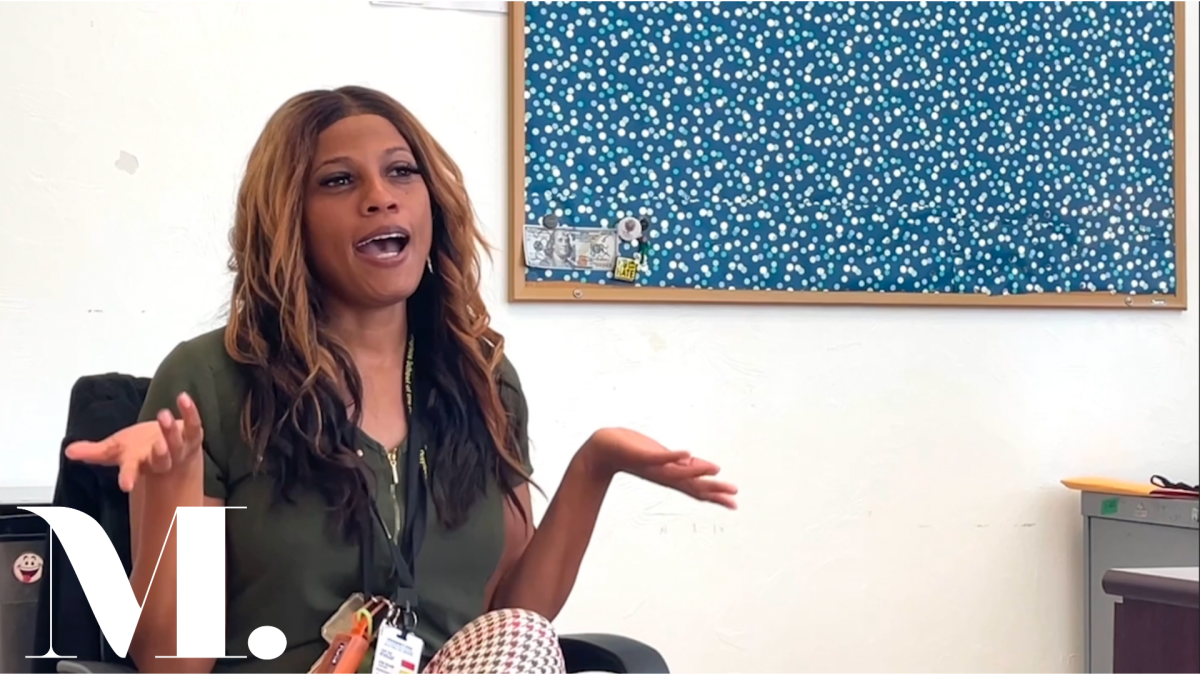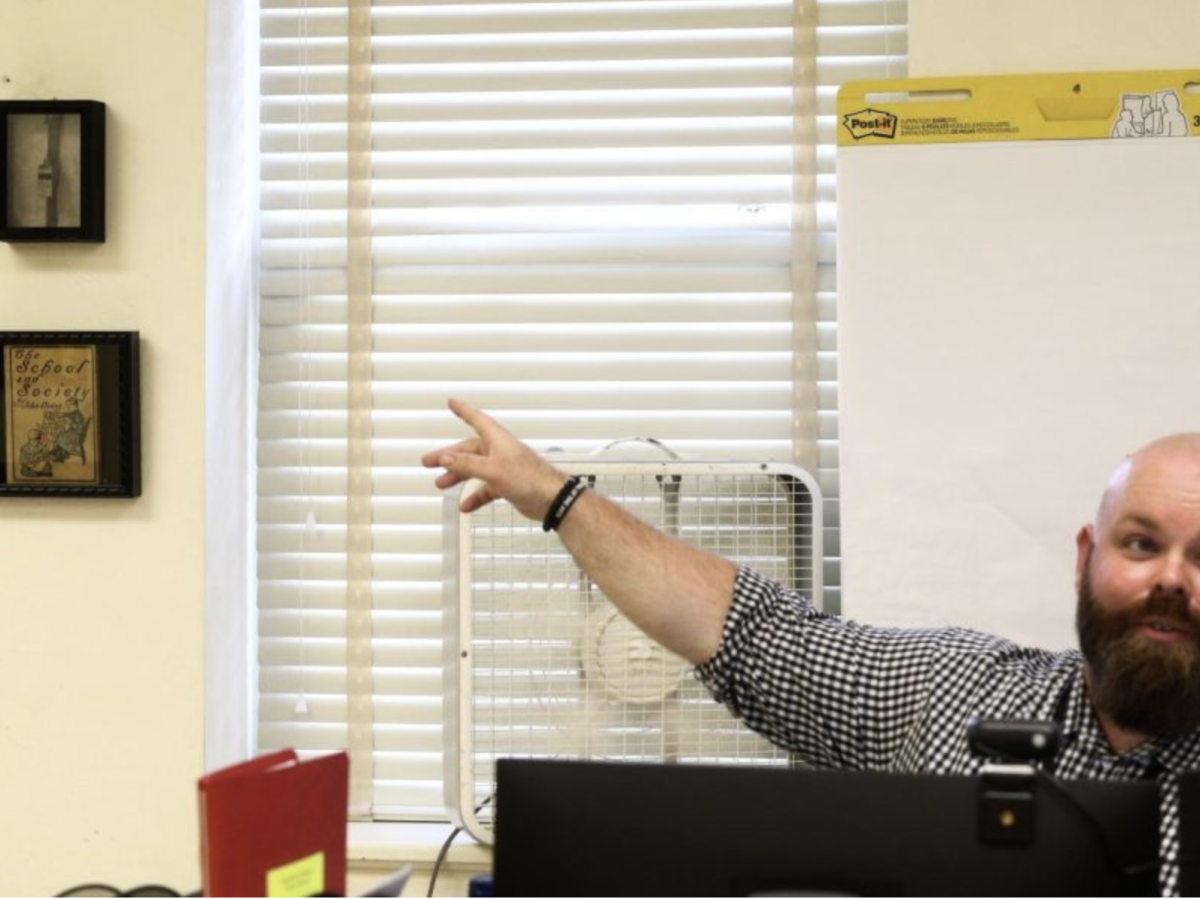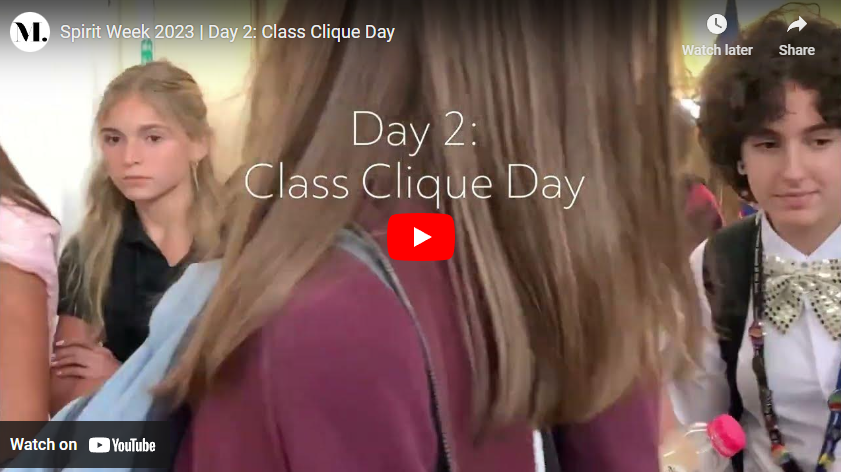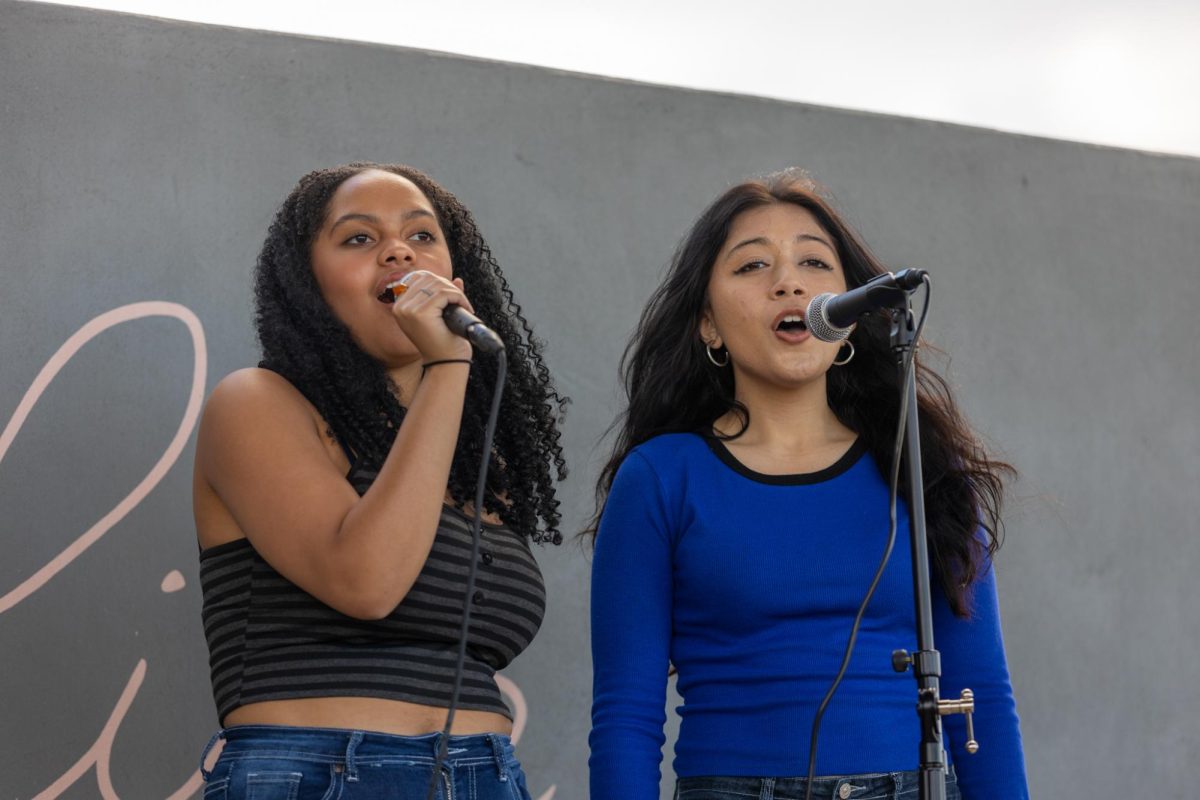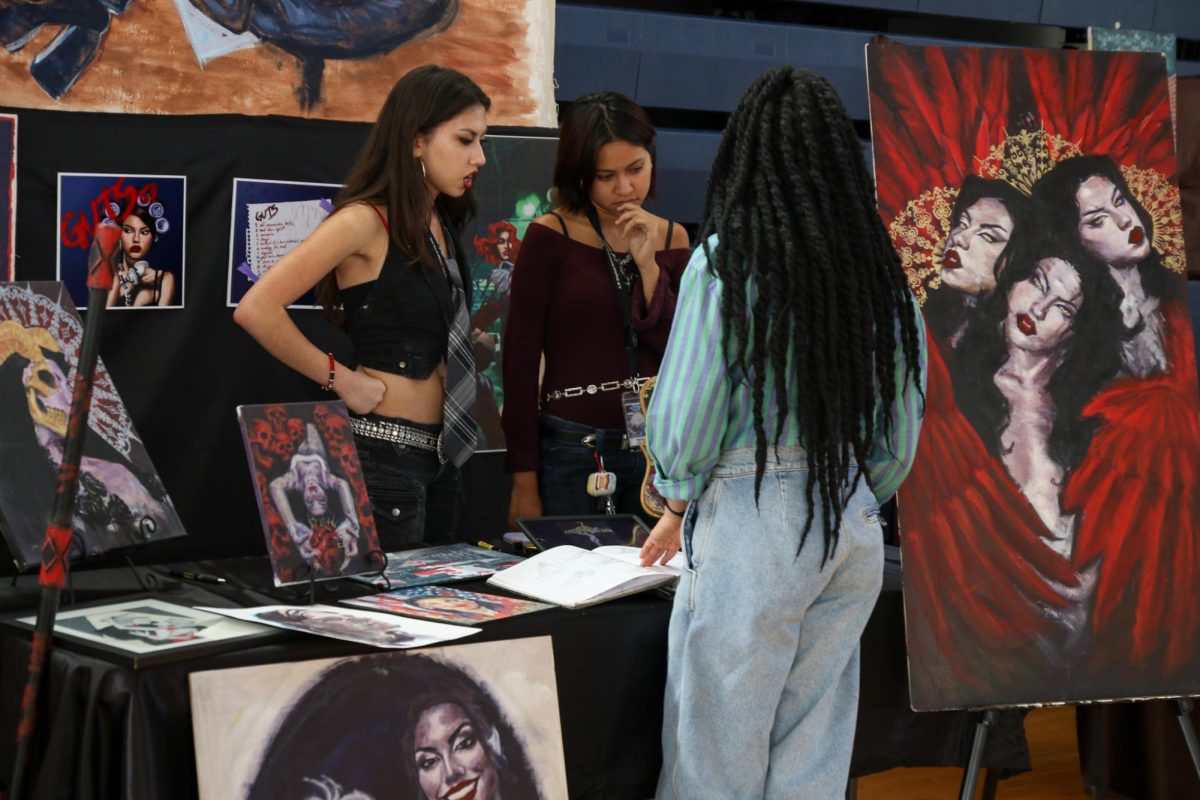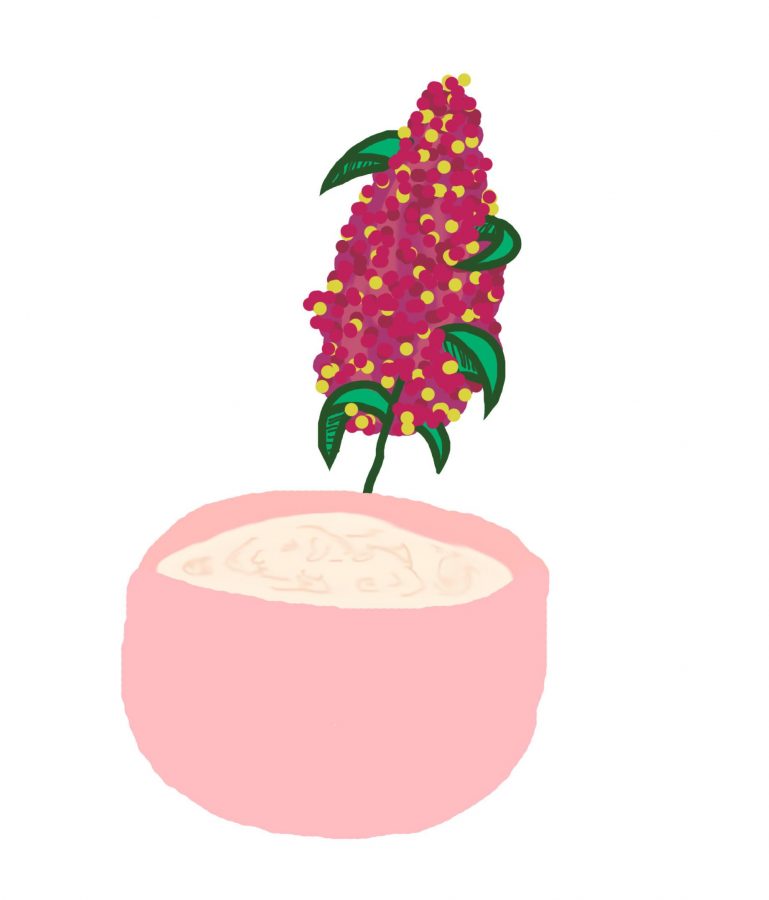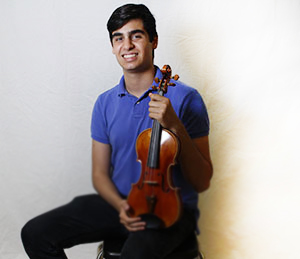Recently, quinoa has been the latest trendy health craze to hit South Florida, following kale, tropical superfruits, cold-pressed juices and anorexia nervosa. The grain’s properties, including high protein content and fiber, have made it a desirable crop in the United States, where it has been featured as a popular meat-substitute and menu item at the dreadlocked, pretentious juice bar that you probably frequent after your yinyasa flow yoga class. However, there is a catch behind this seeming miracle of a superfood, one that, in the excitement of its qualities, has been grossly overlooked.
Quinoa traces its heritage back to the Andean highlands of South America. You may, from your history class, recall that the Andeans were the handy innovators of the potato, another versatile staple crop that was gobbled up by the Western world. But unlike the potato farms of Iowa (the source of our beloved, golden McFries), quinoa cultivation has been primarily limited to the Andean highlands.
The exponential demand of the crop has made it difficult for Andean peasants, who cultivate the crop, to afford it a recent The Guardian article. Ironically, ordering a quinoa salad with foraged mushrooms and locally-sourced feta cheese, along with a conscious bottle of Ethos water, has worsened the living conditions and diet of your average Bolivian farmhand. Now faced with rising prices and demand for quinoa exportation, Andean peasants are forced to look for alternatives to their once-obscure, nutritional Incan crop.
The developments in the Andes and your local Whole Foods market present a hard grain to swallow: while we search for hipper and healthier foodie trends, the periphery countries, such as Peru and Bolivia continue to acquiesce to the economic demands of the core. It is an ongoing phenomenon, present since the colonial era, and is one that offers proof of the world hierarchy—although that’s not what most people think of, understandably, when they fork through their lunch. But the rise of quinoa in the United States should force us to be responsible for knowing what we’re eating and where it comes from.


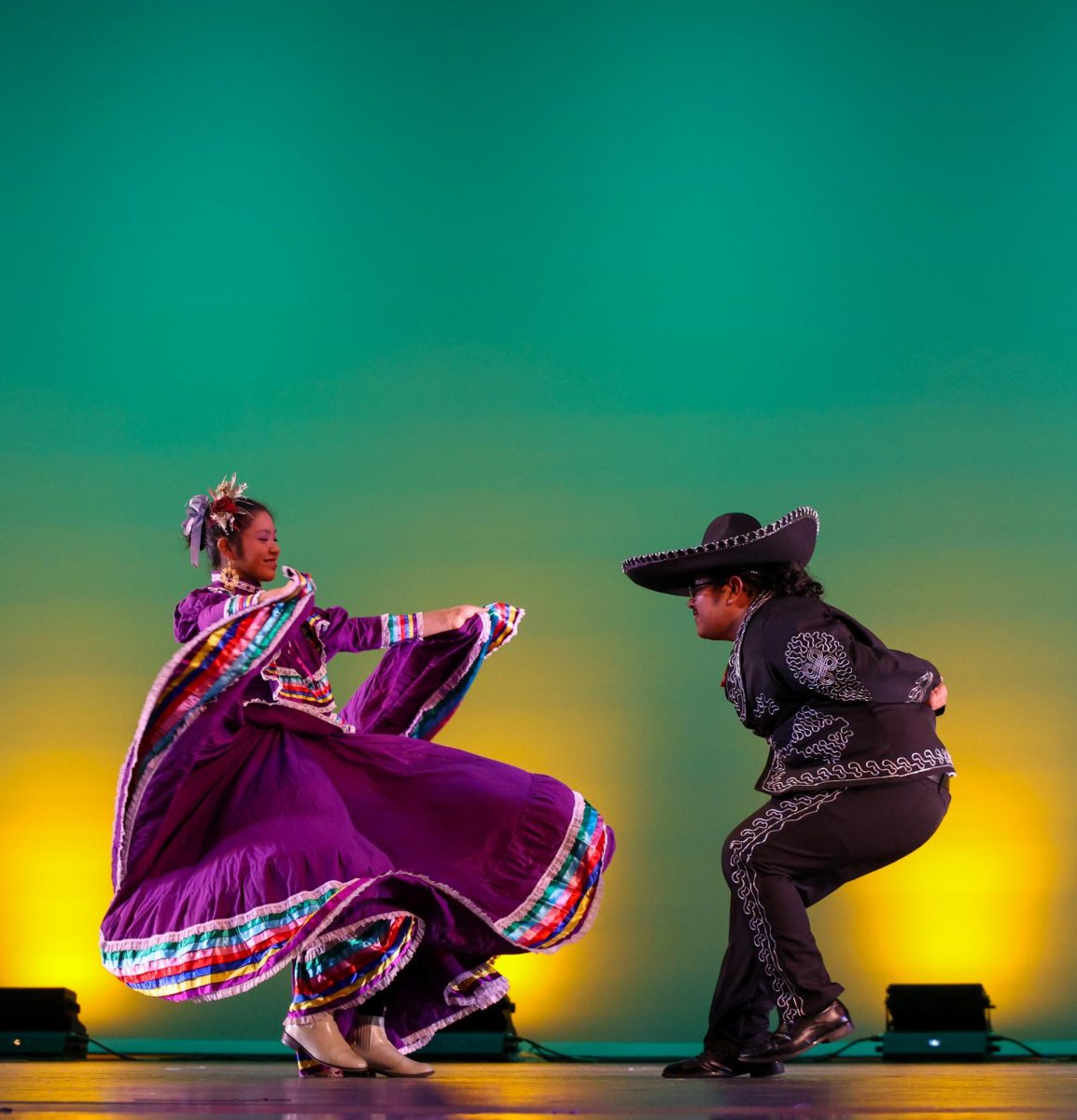



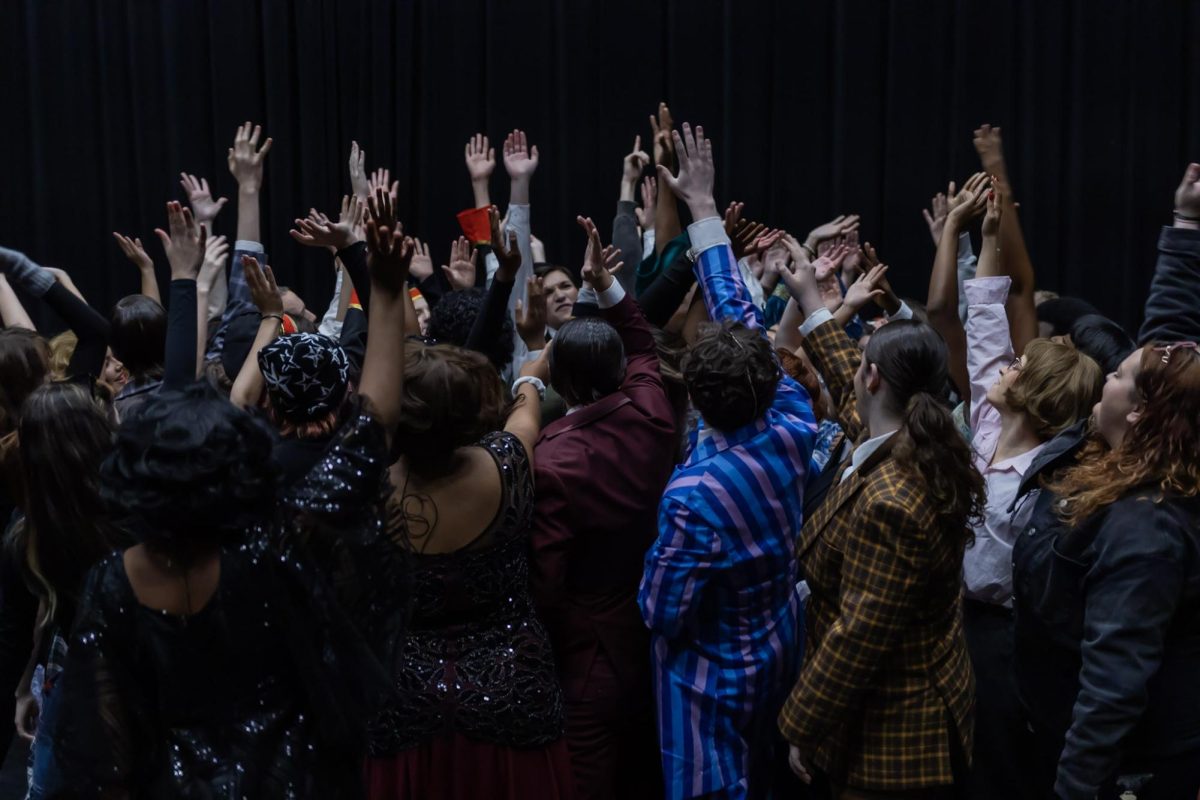
![[BRIEF] Fire Alarm Interrupts Class](https://www.themuseatdreyfoos.com/wp-content/uploads/2023/10/breaking-news-1200x927.png)
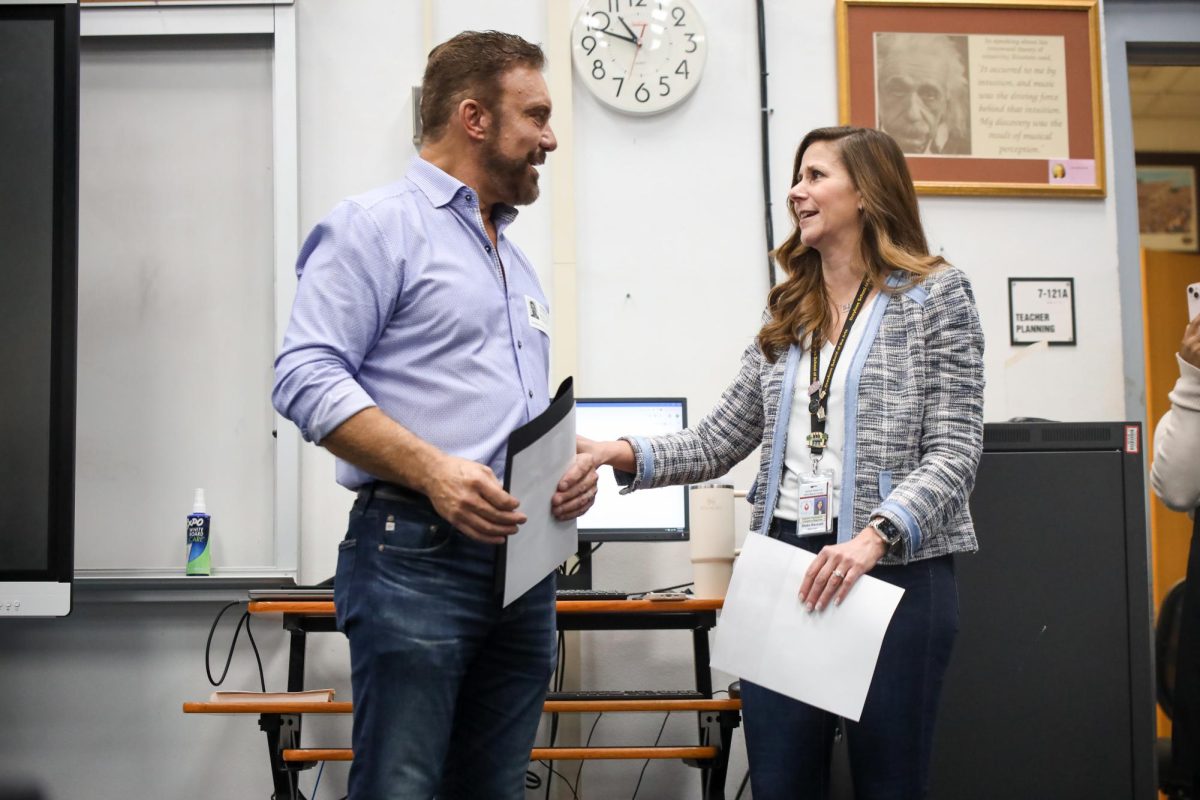
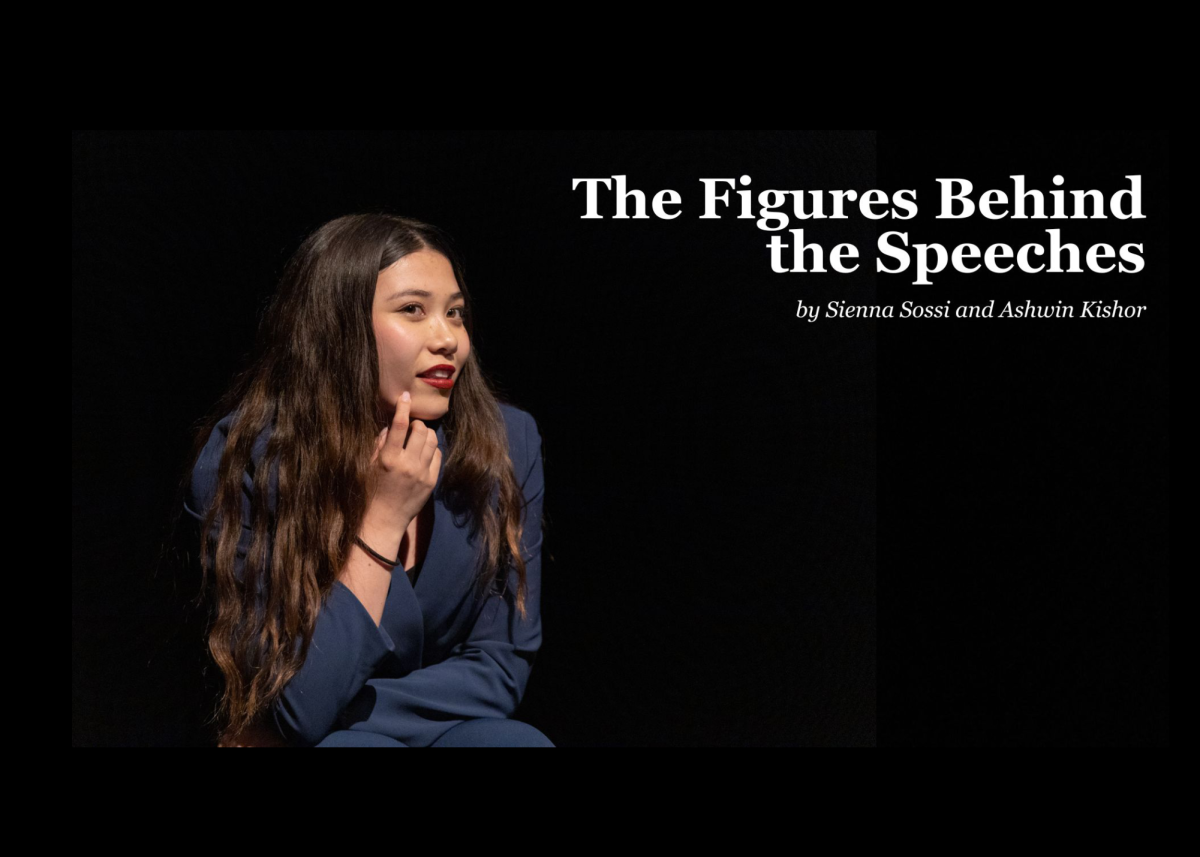

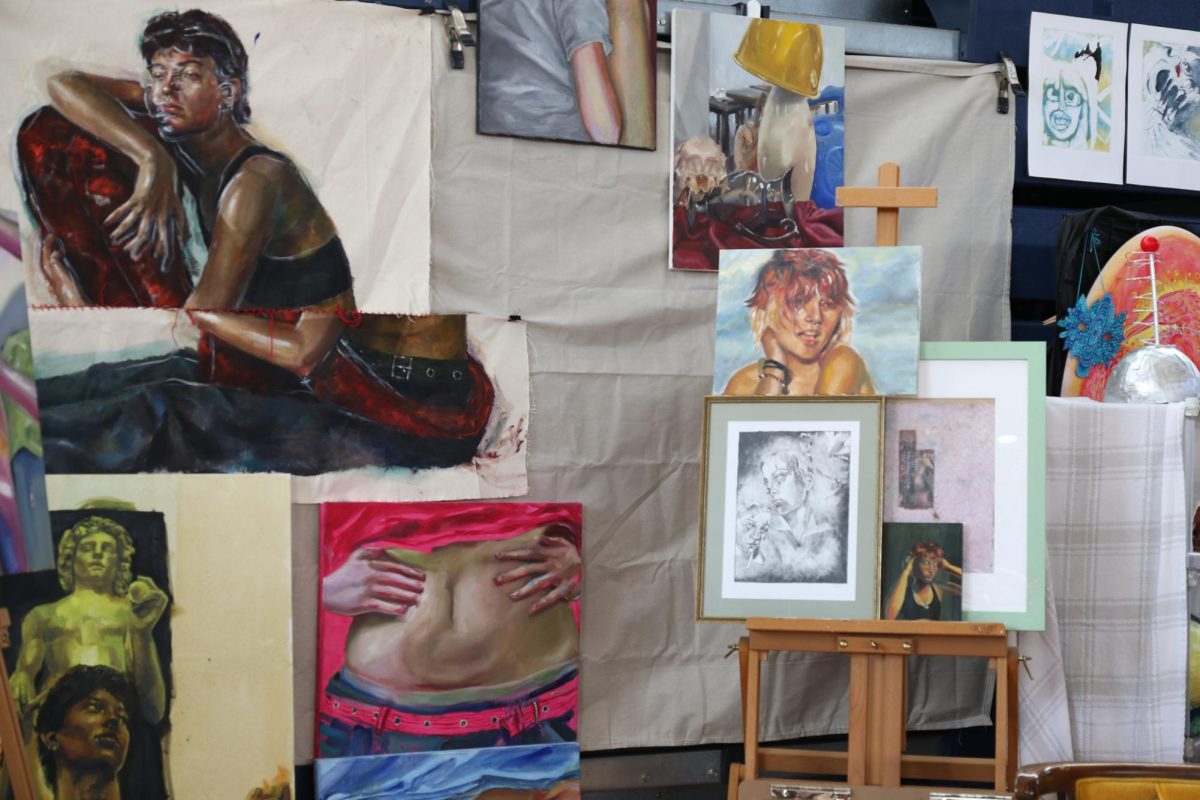
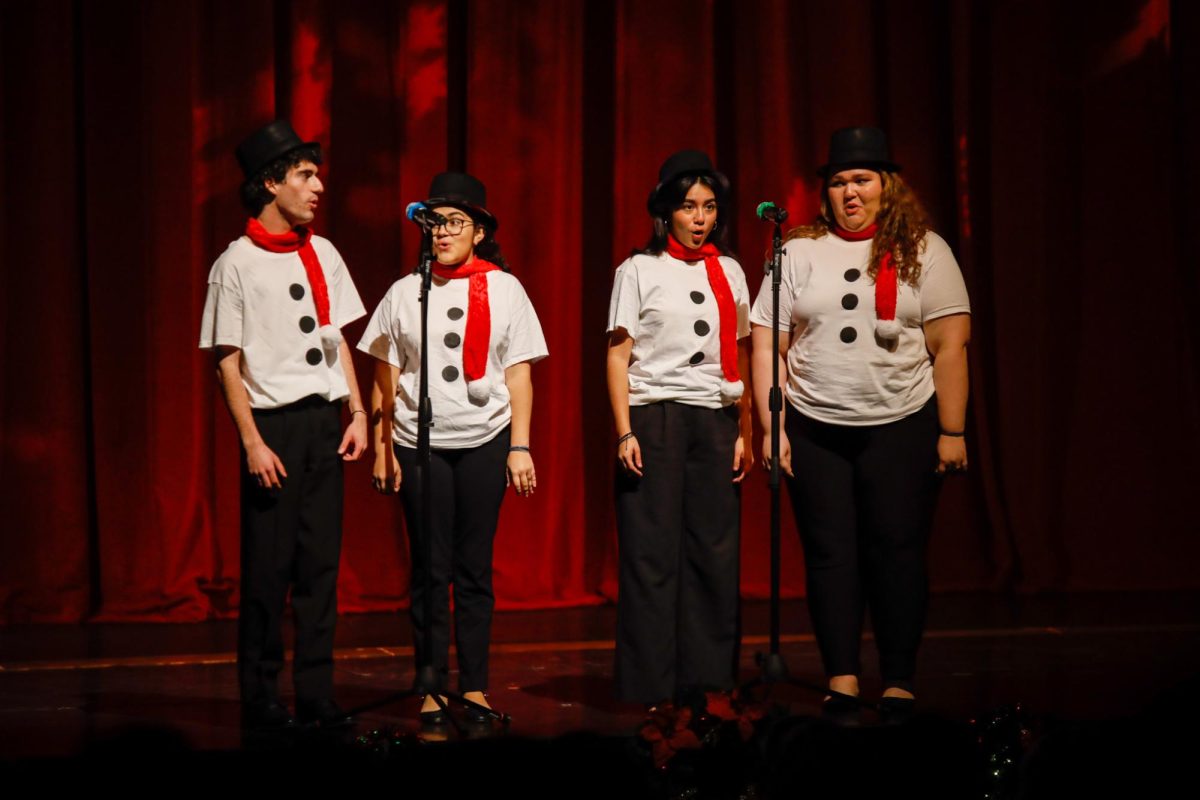
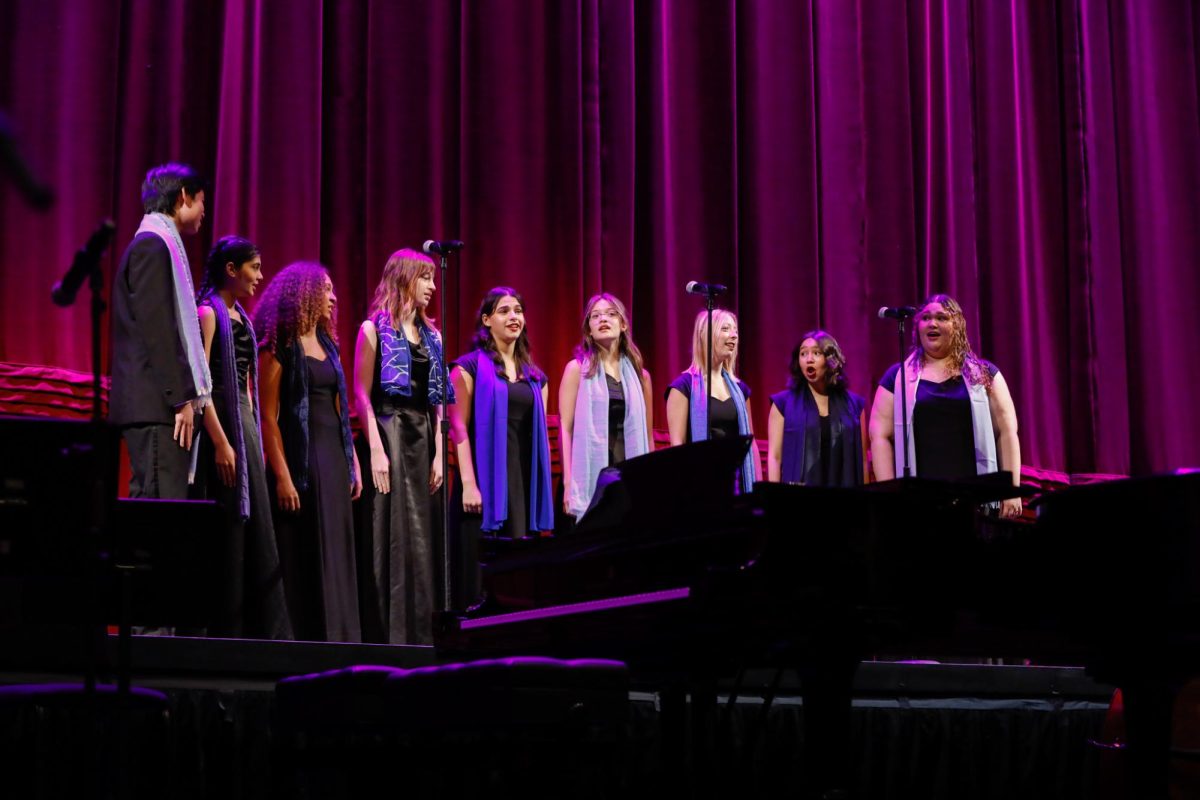
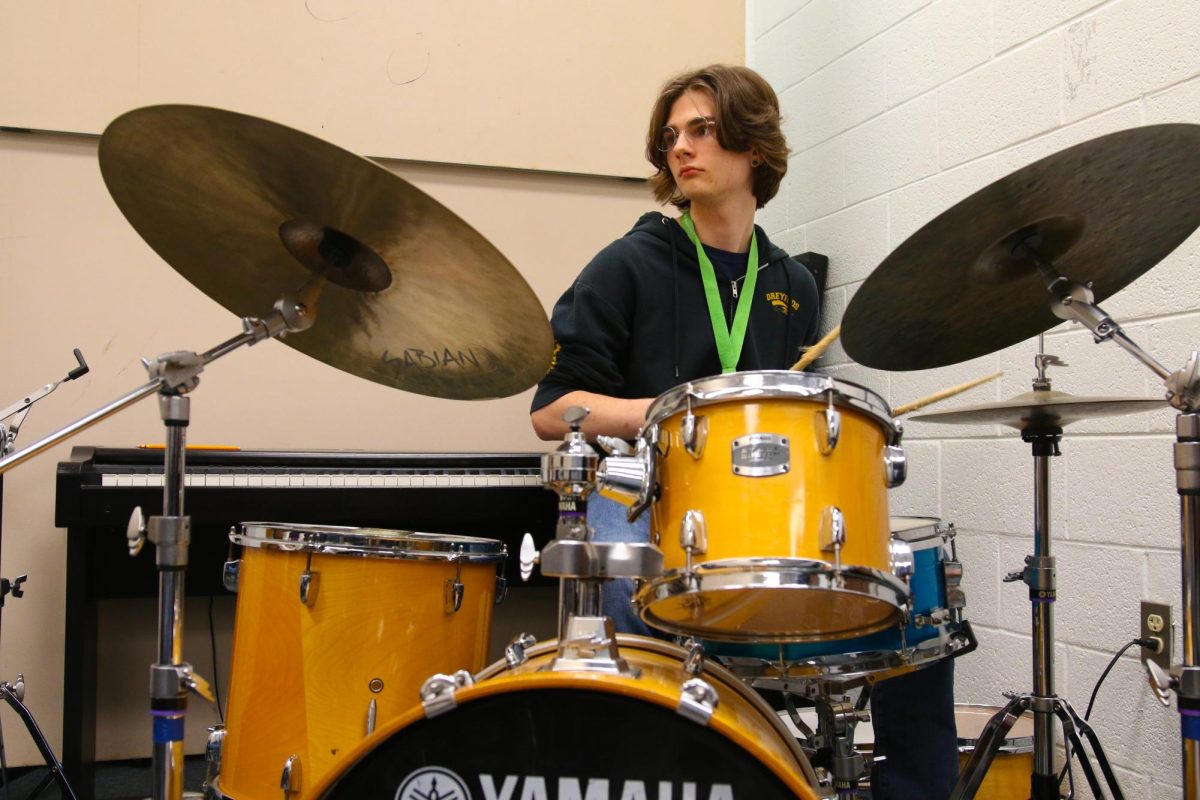

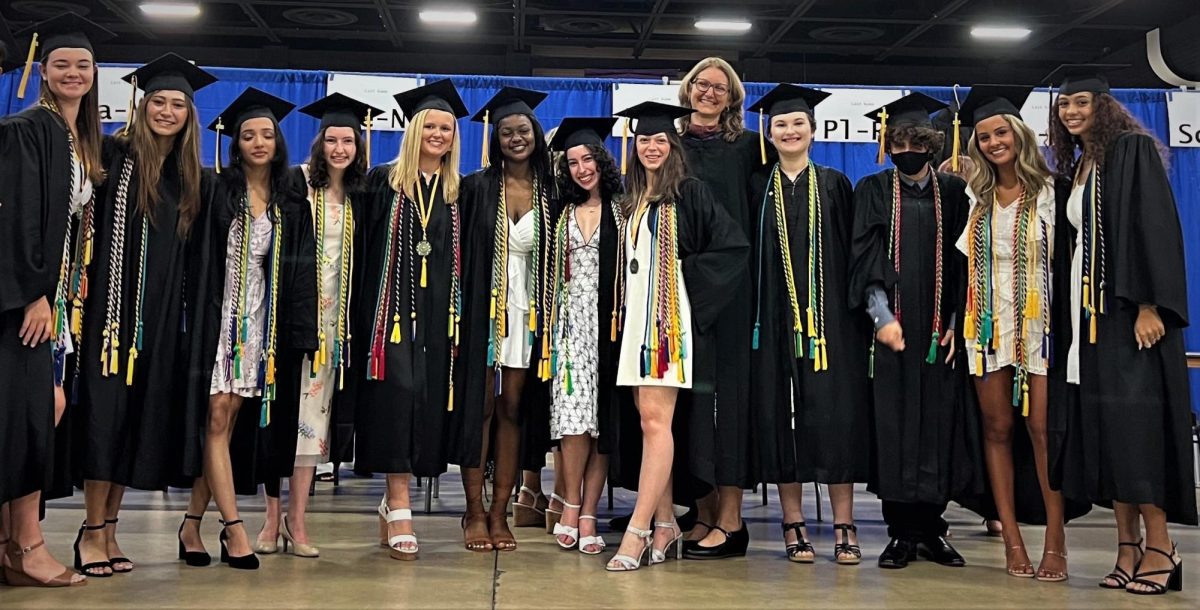


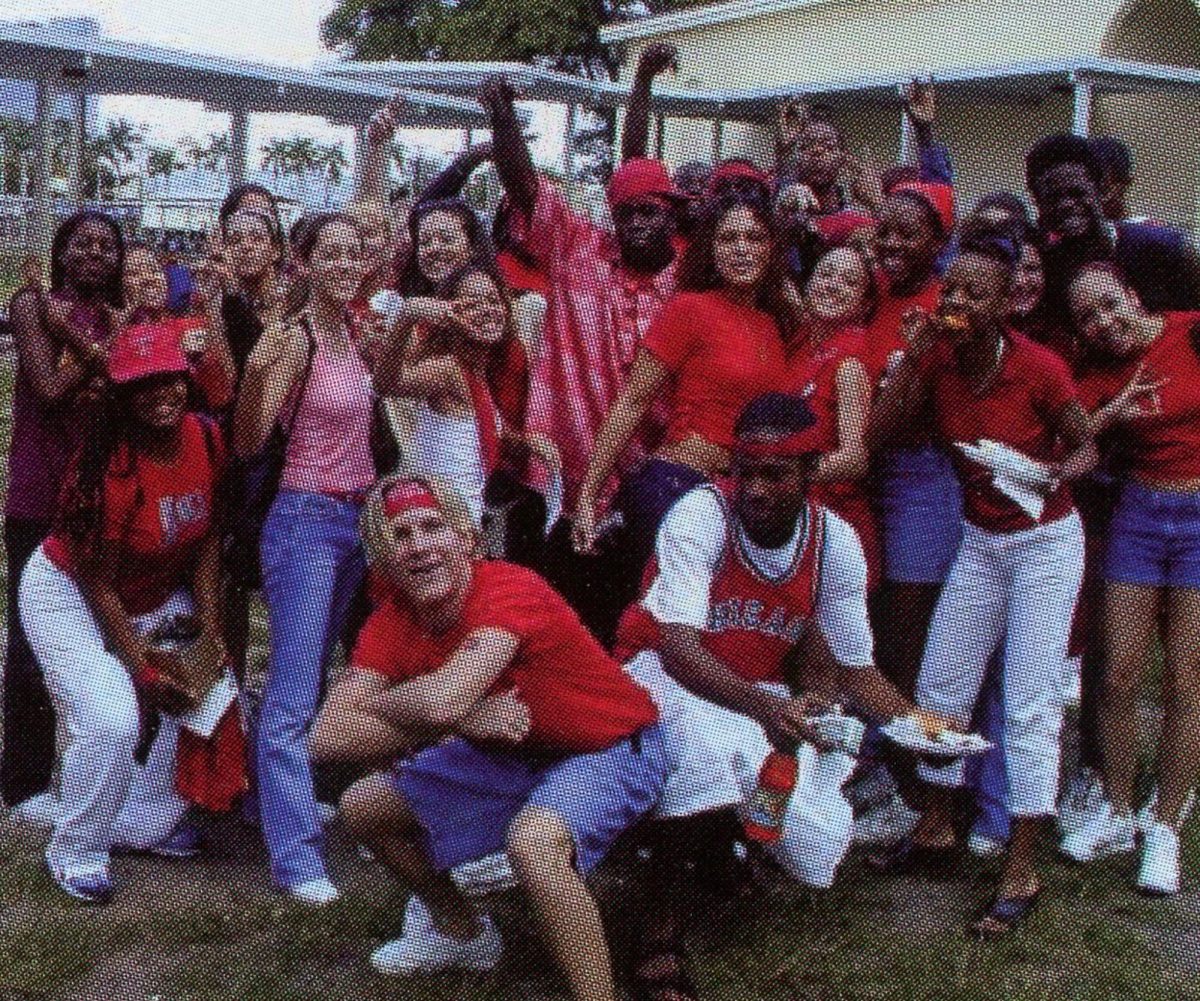



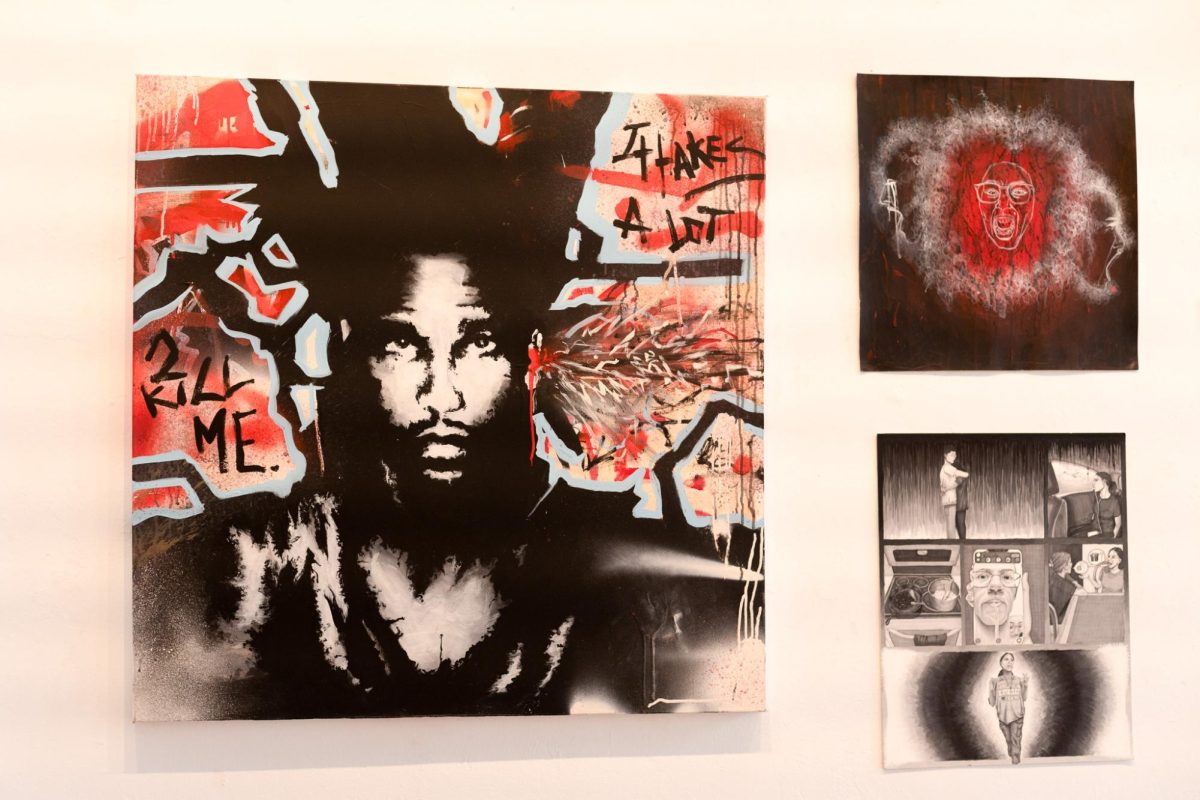


![[SATIRE] Spirit Week: Written in the Stars](https://www.themuseatdreyfoos.com/wp-content/uploads/2024/03/front.png)



